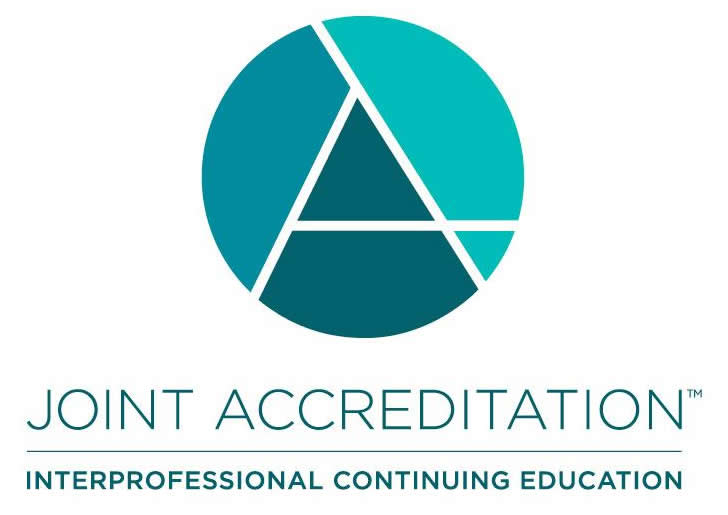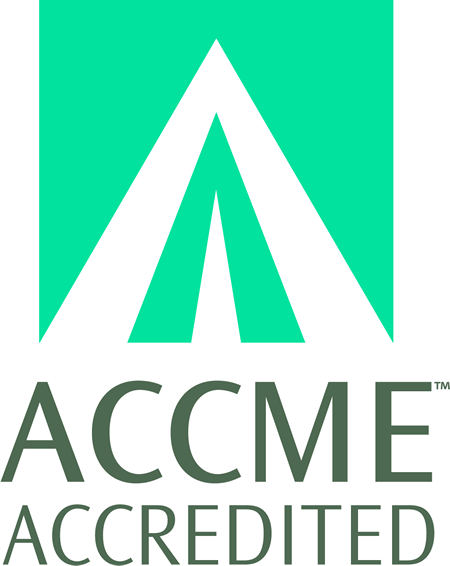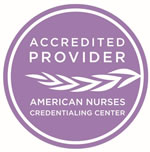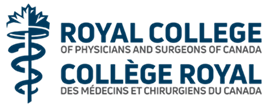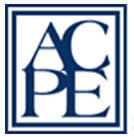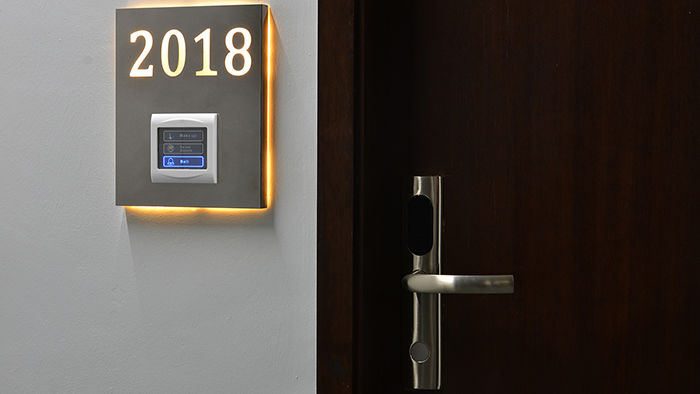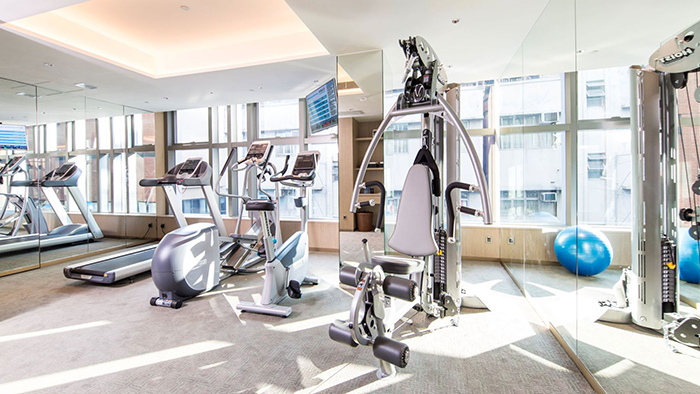
COURSE CREDITS & HOURS
21 AMA PRA Category 1 Credit(s)™21 ACPE Credits
21.0 Contact Hours
3 Hours of Pharmacology for Nurse Practitioners
COURSE FEES
TARGET AUDIENCE
PROGRAM PURPOSE
Topics:
- Prevention and Treatment of Motion Sickness
- List 3 symptoms of motion sickness
- Describe the 3 types of behavioral interventions
- Recite 3 types of medications use for Motions Sickness
- Incidentaloma's How to approach these findings?
- Differentiate the different sites of incidentalomas
- Explain the work up for Thyroid , Pulmonary and Pituitary Incidentalomas
- List the 3 Red flags related to Thyroid, Pulmonary and Pituitary findings
- Hey Doc ! By the way: Common OTC treatment of every day Dermatologic Problems In daily Practice
- Describe 3 most common skin complaints in the office setting
- List 3 over the counter treatments that are used for these skin conditions
- Common Knee and shoulder complaints in the office setting :
how to give injections to treat knee and shoulder complaints
- Demonstrate a rapid shoulder and knee exam
- List the contraindications to a steroid injection
- Use of the Medical Interpreter to maximize the office visit
- Describe at least 5 tips for using a medical interpreter
- List 3 Medical Interpreter Resources
- Explain at least 2 benefits of using a trained interpreter
- Current Guidelines on the evaluation of the Abdominal Aortic Aneurysm
- Describe what constitutes and Abdominal Aortic Aneurysm
- List the 3 main risk factors for AAA
- Apply the screening requirements for AAA
- Efficacious use of antiemetics in the office setting
- List the 3 primary neurotransmitters involved in nausea and vomiting
- Discuss the 4 categories of antiemetics used in the ambulatory setting
- Travel Medicine: Preparation and Prevention
- Assess appropriately the medical risk to the traveler
- List commonly needed Immunizations for travelers
- Implement helpful travel preventative treatments
- Utilize travel medicine related website resources
- Pediatric fever: management and update
- Recognize serious bacterial infections
- Describe suggested diagnostic work-up of the febrile infant based upon recognize guidelines and patient age
- Identify life-threatening causes of fever
- Pediatric GI Emergencies
- Describe suggested diagnostic work-up of pediatric GI emergenciesbased upon recognize guidelines and patient age
- Syncope update: the evaluation of the patient with loss of consciousness
- List causes for syncope which may cause morbidity and mortality
- Discuss cost-effective work-up for the patient with history of loss of consciousness
- Interpret different reports and recommendations in recent literature
- Non-Narcotic Pain Management
- Analyze options for treatment of pain without use of narcotics
- Examine new developments and pharmaceutical developments of analgesics
- Trauma in the pediatric patient
- Discuss the extent and nature of non-accidental trauma
- Report the extent and science of imaging in the injured child
- Critique recommendations for diagnosis and management of the concussed adolescent
- Analyze the role of anti-thrombolyics
- What is new in toxicology?
- Cite substances of abuse which were not available even ten years earlier
- Describe toxidromes which may elucidate what may have caused symptoms in the poisoned patient
- Exemplify specific abused substances
- Cardiopulmonary/Resuscitation update
- Report changes in standard guidelines
- Formulate resuscitation guidelines past standard CPR and advanced cardiac life support
- Recognize the role of targeted temperature management, neuro-imaging and ECLS
- Legal considerations in general, emergency and primary care
- Describe practices which may put the patient and practitioner at risk
- Evaluate consequences of lawsuits to the well-being of the provider
- Identify best practices to minimize lawsuits in emergency care
- Demonstrate the magnitude of litigation and of defensive medicine









